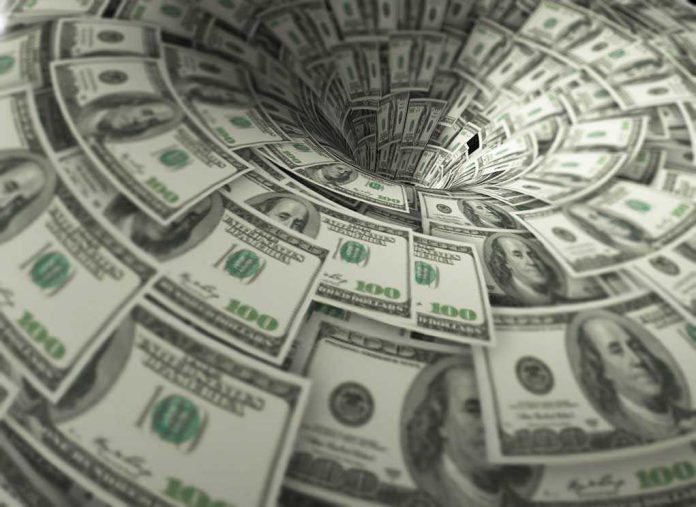
Eli Lilly’s unprecedented rise to a $1 trillion market valuation has transformed the pharmaceutical landscape, raising questions about future healthcare costs and access.
Story Highlights
- Eli Lilly has become the first pharmaceutical company to reach a $1 trillion market capitalization.
- The success of its obesity and diabetes drugs, Mounjaro and Zepbound, drove this milestone.
- Lilly’s market cap is now more than double its closest competitor in the pharmaceutical sector.
- Regulatory scrutiny over drug pricing and healthcare costs is expected to intensify.
Eli Lilly Reaches Historic Market Valuation
On November 21, 2025, Eli Lilly & Co. became the first pharmaceutical company to achieve a $1 trillion market cap. This historic milestone was achieved on the back of its groundbreaking obesity and diabetes drugs, Mounjaro and Zepbound.
These drugs, based on the GLP-1 agonist tirzepatide, have become the world’s best-selling medications. Lilly’s achievement underscores its strategic innovation and market leadership in a sector that barely existed half a decade ago.
The company’s meteoric rise is attributed to its aggressive investment in GLP-1 therapies, which have reshaped treatment for obesity and diabetes. The FDA approvals for Mounjaro in 2022 and Zepbound in 2023 were pivotal in this success. Lilly’s market cap doubled between 2023 and 2025, reflecting investor confidence and market dominance. This growth trajectory sets new benchmarks for the industry and highlights the transformative potential of GLP-1 drugs.
Strategic Investments and Market Expansion
In response to soaring demand, Eli Lilly has made the largest synthetic drug production investment in U.S. history. The company’s strategic investments in manufacturing and pipeline diversification have positioned it as a leader in the fast-growing GLP-1 market. Analysts project that the upcoming GLP-1 pill for obesity, expected to receive FDA approval in early 2026, could generate $25 billion in annual sales, further solidifying Lilly’s market position.
While Lilly’s success represents a triumph for innovation in chronic disease management, it also raises concerns about drug pricing and access. Lawmakers and regulators are expected to scrutinize the company’s pricing strategies as healthcare costs continue to rise. This increased attention may lead to policy debates and potential regulatory changes in drug pricing and access.
Implications for the Pharmaceutical Industry
Lilly’s entry into the trillion-dollar club marks a significant shift in the pharmaceutical industry, traditionally dominated by tech companies in terms of market valuation. This milestone could prompt a revaluation of the pharma sector and increase investment in metabolic disease research. However, the rapid rise of GLP-1 therapies has also led to supply shortages, underscoring the need for improved manufacturing and distribution capabilities.
As the industry grapples with these changes, the broader impact on global healthcare systems remains uncertain. The potential for wider adoption of GLP-1 therapies internationally could redefine treatment standards for obesity and diabetes. However, balancing innovation with affordability and access will be crucial to ensuring the long-term sustainability of these advancements.
Sources:
Eli Lilly becomes first drugmaker to hit $1 trillion in market value – BioPharma Dive
Is GLP-1 the new AI? Drugmaker Eli Lilly joins the $1 trillion market cap club – MarketWatch












